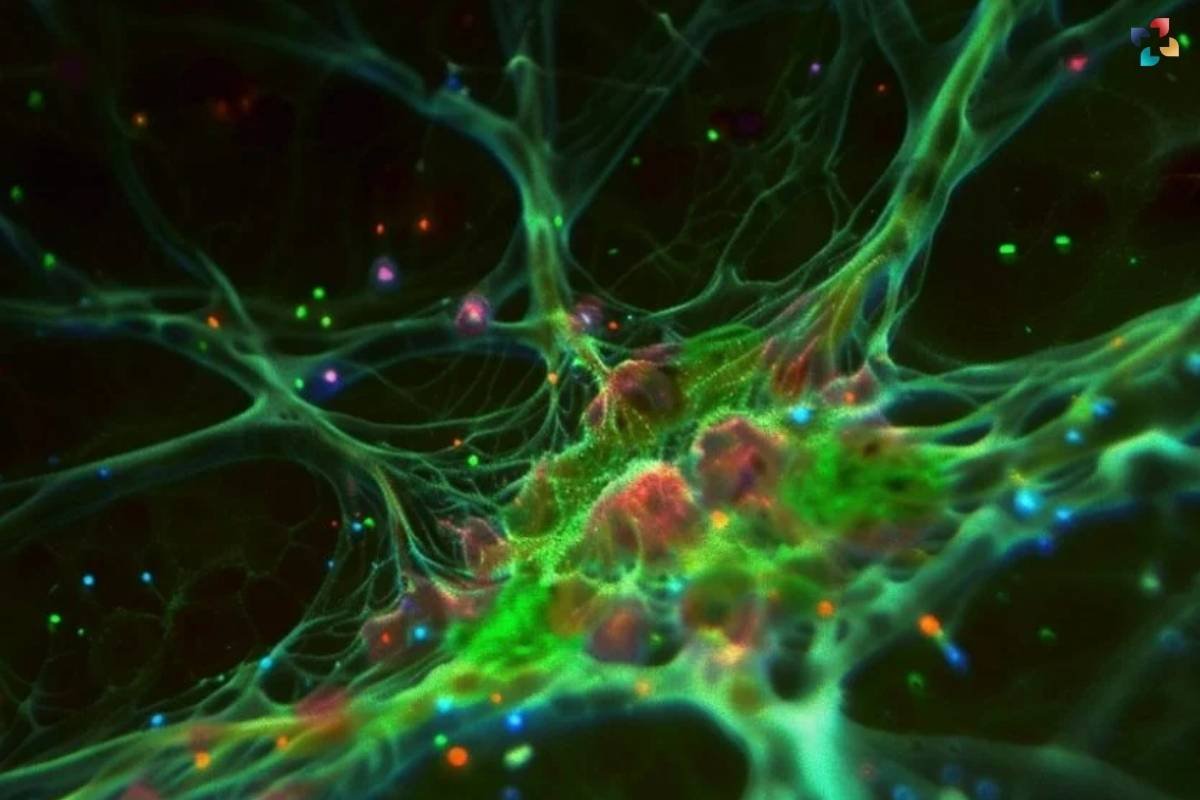Source-neurosciencenews
Uncovering a Key Player in Synaptic Function
A recent study conducted by researchers at Kobe University has identified a previously uncharacterized protein, FAM81A, as a crucial component in the functioning of synapses. Synapses, the connections between neurons, play a vital role in brain function, and imbalances in synaptic proteins can contribute to neuropsychiatric disorders such as depression, autism, and alcohol dependence. However, due to the complexity and diversity of proteins within synapses, many have remained unexplored until now.
Analyzing FAM81A’s Role in Synaptic Density
Led by neurophysiologist Takumi Toru and his team, the researchers compared multiple datasets from previous studies to pinpoint consistently appearing uncharacterized proteins within the postsynaptic density. Through their analysis, they identified FAM81A’s as a promising candidate. Subsequent investigations delved into FAM81A’s interactions with other synaptic proteins, its distribution within neurons, and its impact on neuron shape and function.
Unveiling FAM81A’s Mechanisms and Evolutionary Significance
Published in the journal PLoS Biology, the study revealed that FAM81A interacts with major postsynaptic proteins and plays a significant role in their condensation within the postsynaptic density. This protein facilitates the formation of a membrane-less organelle through liquid-liquid phase separation, ultimately influencing neuron activity. Interestingly, while humans have two related copies of the FAM81 gene expressed in different tissues, evolutionary analysis suggests varying degrees of conservation of FAM81A function across species.
Future Directions: Investigating FAM81A in Brain Function
Moving forward, the Kobe University research team aims to create mouse models lacking the FAM81A gene to further understand its role in synaptic function and organismal behavior. This research not only enhances our understanding of synaptic biology but also offers potential insights into the cognitive functions of higher vertebrate brains. By unraveling the mechanisms underlying synaptic function, this study opens new avenues for exploring and addressing neurological disorders associated with synaptic dysfunction.
Also Read: Understanding Copy Number Variation: A Comprehensive Guide







